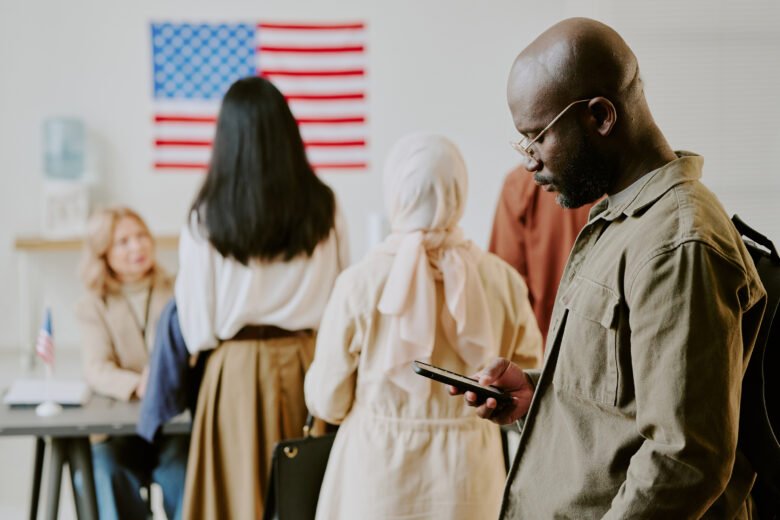How Long Does it Take to Petition a Child Over 21?
April 30, 2025
How Long Does it Take to Petition a Child Over 21?
Petitioning a child over the age of 21 to immigrate to the United States is a process that can vary in complexity and duration depending on several factors. At Cambridge Immigration Law, we help families in Boston and beyond understand their options and navigate the petition process with confidence. This guide outlines what to expect when petitioning an adult child and how to prepare.
Who Can Petition a Child Over 21?
U.S. citizens and lawful permanent residents (green card holders) can file a petition for their children. However, the relationship and immigration status of the petitioner will impact how long the process takes.
- U.S. Citizens may petition for both married and unmarried children over 21.
- Green Card Holders may only petition for unmarried children over 21.
Each of these categories falls under a different visa preference, which determines the wait time for a visa to become available.
Visa Categories and Preference System
The U.S. immigration system uses a preference category system to manage the number of family-based immigrant visas available each year. Adult children fall into the following categories:
- F1 Category: Unmarried sons and daughters (over 21) of U.S. citizens.
- F2B Category: Unmarried sons and daughters of lawful permanent residents.
- F3 Category: Married sons and daughters of U.S. citizens.
Each category has its own wait time, which can span several years due to annual visa caps and backlogs.
Current Processing Times
So, how long does it take to petition a child over 21? Processing times vary widely depending on several factors, including the child’s country of origin (some countries like Mexico and the Philippines face significantly longer backlogs), the petitioner’s immigration status (U.S. citizen or green card holder), and whether the child is married or unmarried. These factors determine which visa preference category the petition falls into, and unfortunately, all of them are subject to long wait times due to annual visa caps and years of accumulated backlog.
As of early 2025, the estimated wait times are approximately 7–10 years for F1 (unmarried children of U.S. citizens), 6–9 years for F2B (unmarried children of green card holders), and 12–15 years for F3 (married children of U.S. citizens). These timeframes were heavily impacted by restrictive immigration policies under the Trump administration, which created additional processing delays and visa backlogs that are still being felt today. While the current administration is working to reduce those backlogs and restore more efficient case handling, families should still expect a lengthy process, and be prepared for changes as immigration policy continues to evolve.
The Petition Process
The process starts by filing Form I-130, Petition for Alien Relative. This form establishes the qualifying relationship between the parent and child. After U.S. Citizenship and Immigration Services (USCIS) approves the petition, the case moves to the National Visa Center (NVC) and eventually to the U.S. consulate or embassy in the child’s country when a visa becomes available.
Steps include:
- Filing Form I-130
- USCIS processing (several months)
- Waiting for a visa to become available (several years)
- Consular processing or adjustment of status (if applicable)
How to Minimize Delays
While you can’t speed up visa availability, you can help avoid delays by:
- Submitting a complete and accurate petition
- Keeping all contact information up to date
- Responding promptly to USCIS or NVC requests
- Consulting with an experienced immigration attorney to ensure your case strategy is sound
When Should You Start?
Because of the long wait times, it’s important to start the petition process as soon as possible. Even if your child is not ready to immigrate right away, filing early secures their place in line.
Work with an Experienced Immigration Attorney
At Cambridge Immigration Law, we are dedicated to helping families reunite through every step of the immigration process. If you’re wondering how long does it take to petition a child over 21, we can evaluate your case, explain your options, and guide you through the process with personalized support.











